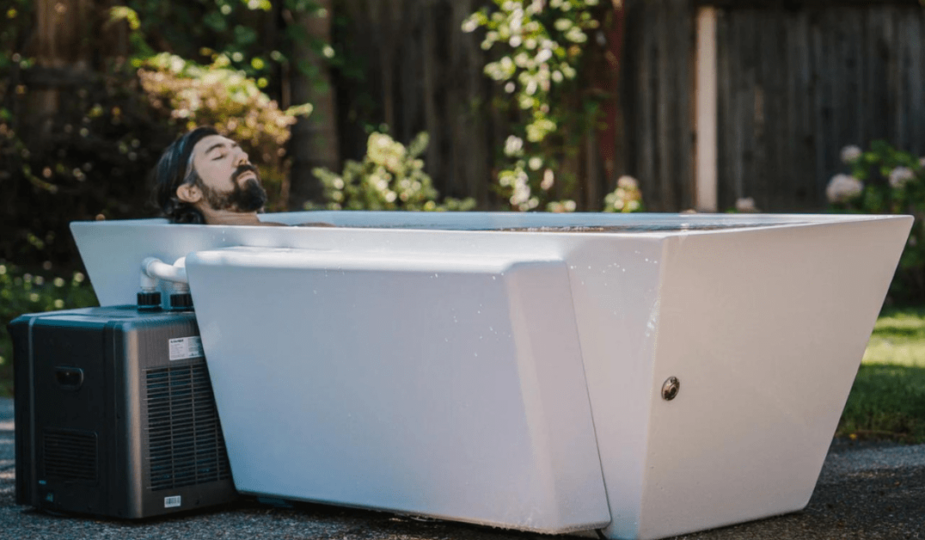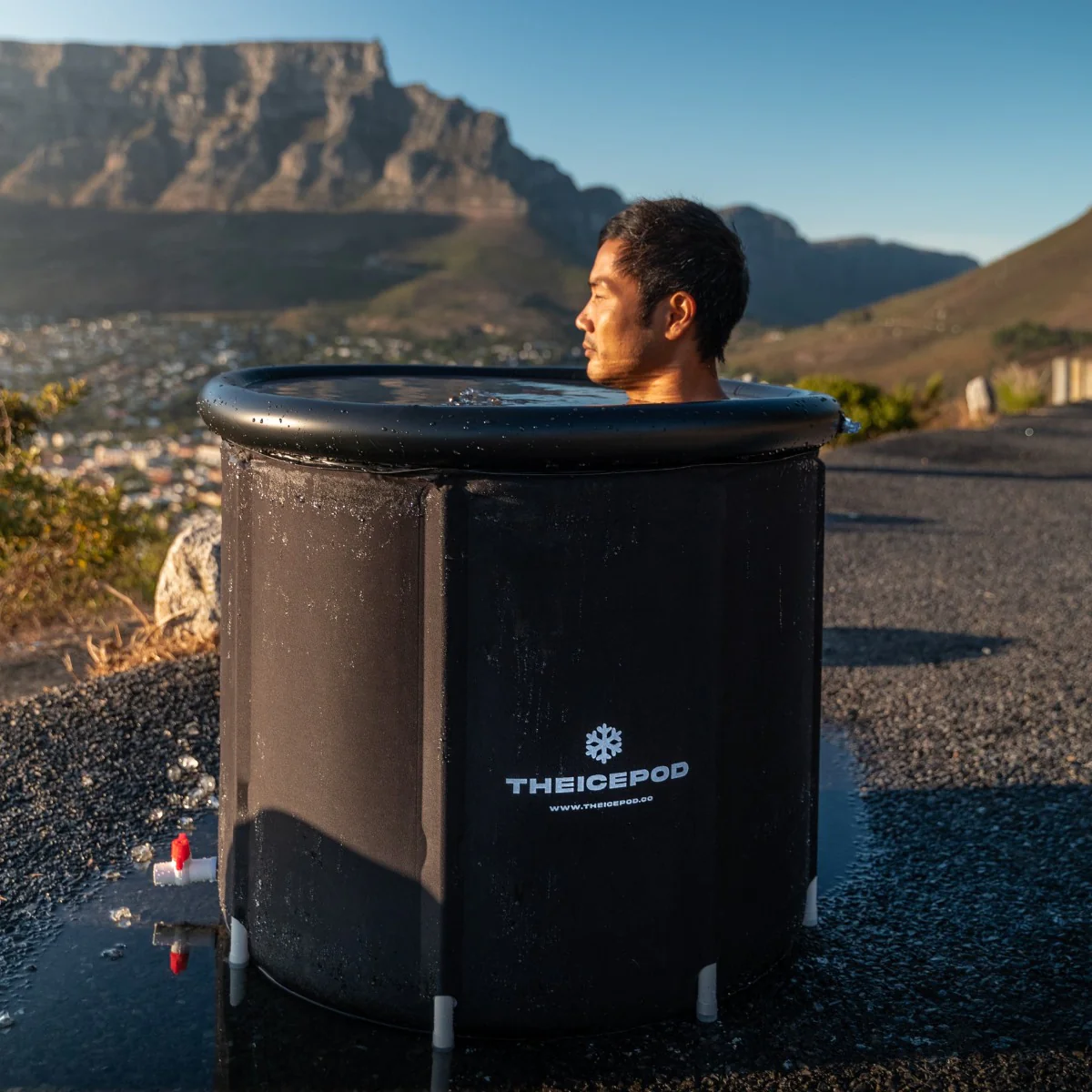
Exploring the Benefits and Risks of Cold Water Submersion Tanks
Cold water submersion tanks have gained popularity in recent years as a unique and invigorating therapy. These tanks, often used for hydrotherapy and cold exposure, offer a range of potential health benefits and risks. In this article, we will delve into the world of cold water submersion tanks, exploring their uses, advantages, and precautions.
What is a Cold Water Submersion Tank?
A cold water submersion tank, also known as a cold plunge tank or a cold water immersion tank, is a specialized container filled with cold water. The water temperature in these tanks typically ranges from 45°F to 55°F (7°C to 13°C). People immerse themselves in these tanks for short durations, typically from a few seconds to a few minutes, to experience the effects of cold exposure.
Health Benefits of Cold Water Submersion Tanks
- Reduced Muscle Soreness: Cold water immersion is often used by athletes to reduce muscle soreness and inflammation. The cold water constricts blood vessels, which can help reduce swelling and relieve pain.
- Improved Circulation: Submerging oneself in cold water can stimulate blood flow, helping to improve circulation throughout the body. This can be beneficial for overall cardiovascular health.
- Stress Reduction: Cold water exposure can trigger the release of endorphins, which are natural mood lifters. Many people find that immersing themselves in cold water provides a sense of relaxation and stress relief.
- Enhanced Immune Function: Some studies suggest that regular cold water exposure may boost the immune system by increasing the production of white blood cells and activating the body’s defense mechanisms.
- Increased Alertness: Cold water immersion can be an effective way to wake up and feel more alert. The shock of the cold water can stimulate the nervous system and increase alertness.
Risks and Precautions
While cold water submersion tanks offer several potential benefits, they also come with risks, especially when not used properly. It’s essential to take the following precautions:
- Hypothermia: Prolonged exposure to cold water can lead to hypothermia, a dangerous condition where the body loses heat faster than it can produce it. It’s crucial to limit immersion time and monitor your body’s response.
- Cardiovascular Stress: Cold water immersion can put stress on the cardiovascular system, especially if you have underlying health conditions. Consult with a healthcare professional before using a cold water tank, especially if you have heart problems.
- Skin and Tissue Damage: Extremely cold water can cause frostbite and damage to the skin and underlying tissues. Always monitor your skin for signs of numbness or discoloration and exit the tank if you experience discomfort.
- Breathing Difficulties: The shock of cold water can lead to rapid breathing and even gasping for air, increasing the risk of accidental water inhalation. Take slow and controlled breaths while in the tank.
- Pregnancy and Medical Conditions: Pregnant individuals and people with certain medical conditions, such as Raynaud’s disease or hypertension, should consult a healthcare provider before using cold water submersion tanks.

The Science Behind Cold Water Immersion
To understand why cold water immersion can offer these benefits and pose risks, it’s essential to look at the science behind it. When you immerse your body in cold water, several physiological responses occur:
- Vasoconstriction: Cold water causes blood vessels near the skin’s surface to constrict, reducing blood flow to the extremities. This can help reduce swelling and inflammation, making it a popular choice for athletes recovering from strenuous workouts.
- Release of Endorphins: The body’s response to cold water exposure includes the release of endorphins, which are natural painkillers and mood elevators. This can lead to feelings of relaxation and improved mood.
- Enhanced Circulation: While cold water causes initial vasoconstriction, it also stimulates deeper blood vessels to dilate, improving circulation. This can benefit cardiovascular health and help oxygenate tissues.
- Activation of the Immune System: Cold water exposure may trigger an increase in the production of white blood cells, which play a crucial role in the immune response. This can potentially enhance immune function.
- Nervous System Stimulation: The shock of cold water can stimulate the sympathetic nervous system, increasing alertness and energy levels.
How to Safely Use a Cold Water Submersion Tank
If you’re considering trying cold water submersion therapy, it’s important to do so safely. Here are some tips for a safe and effective experience:
- Consult a Healthcare Professional: Before starting cold water immersion, especially if you have underlying health conditions or are pregnant, consult with a healthcare provider. They can help assess whether this therapy is suitable for you.
- Start Slowly: If you’re new to cold water exposure, start with short duration and gradually increase the time as your body adapts. Never stay in the cold water for an extended period without supervision.
- Monitor Your Body: Pay close attention to how your body responds to the cold water. If you start feeling excessively cold, numb, or experience discomfort, exit the tank immediately.
- Stay Hydrated: Cold water immersion can increase fluid loss through sweating and rapid breathing. Ensure you are well-hydrated before and after the session.
- Use Proper Equipment: If you’re using a public cold water submersion tank, make sure it is well-maintained and clean. Avoid using tanks with visible signs of disrepair.
- Warm-Up Afterwards: After your cold water immersion, warm up gradually. Use warm clothing, blankets, or a warm drink to raise your body temperature slowly.
- Listen to Your Body: Your body’s tolerance for cold water may vary from day to day. If you’re feeling unwell or fatigued, it’s okay to skip a session.
Conclusion
Cold water submersion tanks offer a unique and potentially beneficial experience for those seeking muscle recovery, stress reduction, and enhanced circulation. However, it is crucial to use these tanks responsibly and with caution, as improper use can lead to health risks such as hypothermia and cardiovascular stress. If you are considering using a cold water submersion tank, consult with a healthcare professional to ensure it is safe and suitable for your specific needs and conditions. When used correctly, cold water immersion can be a refreshing and invigorating therapy for both the body and mind. As with any wellness practice, it’s essential to prioritize safety and listen to your body’s cues to reap the potential benefits of cold water submersion therapy.









